I’m not a trendsetter (am not up-to-date on the latest music; am happiest in shorts, a t-shirt, and flip-flops; could care less about what’s “hip” or “in”; and am very content doing my own thing). And even though I slightly oppose the idea of food trends (what’s old, is new), I’m throwing out a prediction for 2015: alternative grains — amaranth, buckwheat, farro, freekeh, kamut, millet, spelt, sorghum, teff, etc.
There’s nothing new or, for that matter, alternative about these grains. They’ve been around for as along as we’ve been cultivating wheat. Unfortunately, ancient grains have fallen off the radar due, in part, to the fact that less and less land is being devoted to growing these crops.
Which brings me to amaranth…
Amaranth is not a true [cereal] grain (or grass). Rather, amaranth is considered a pseudo-cereal (or non-grass), along with quinoa and buckwheat. Amaranth was a major food crop of the Aztecs. Today, much of the amaranth production has been replaced by corn.
There are 60 different species of amaranth. Amaranth grows fast, requires less water to grow than does corn, and is easy to harvest.
What to do with amaranth…
You can pop it, make it into a sweet or savory porridge, or add it to soups, stews, salads, etc.
Today, I’ve prepared an amaranth ‘polenta’. A traditional polenta, of course, is made with cornmeal. However, when you simmer amaranth in stock or water, and finish with a pat or two of butter and grated cheese, it takes on the creamy consistency of a polenta. Anybody who has made polenta (not instant polenta) knows that it requires constant attention, frequent stirring — for a good hour. By comparison, amaranth only needs about 20 minutes, with minimal stirring (bonus) to create a porridge-like texture.
Amaranth is gluten-free and wheat-free. It’s high in protein and contains all essential amino acids.
As compared to other grains, amaranth is higher in calcium, fiber, photyonutrients, etc.
So what does amaranth taste like?? It’s nutty and earthy. Amaranth is a blank canvas of sorts that takes on the flavor(s) of whatever you pair it with. I’m particularly fond of its texture. Amaranth is tapioca-like, in that the individual seeds have a ‘popping’ mouth-feel similar to tapioca pearls.
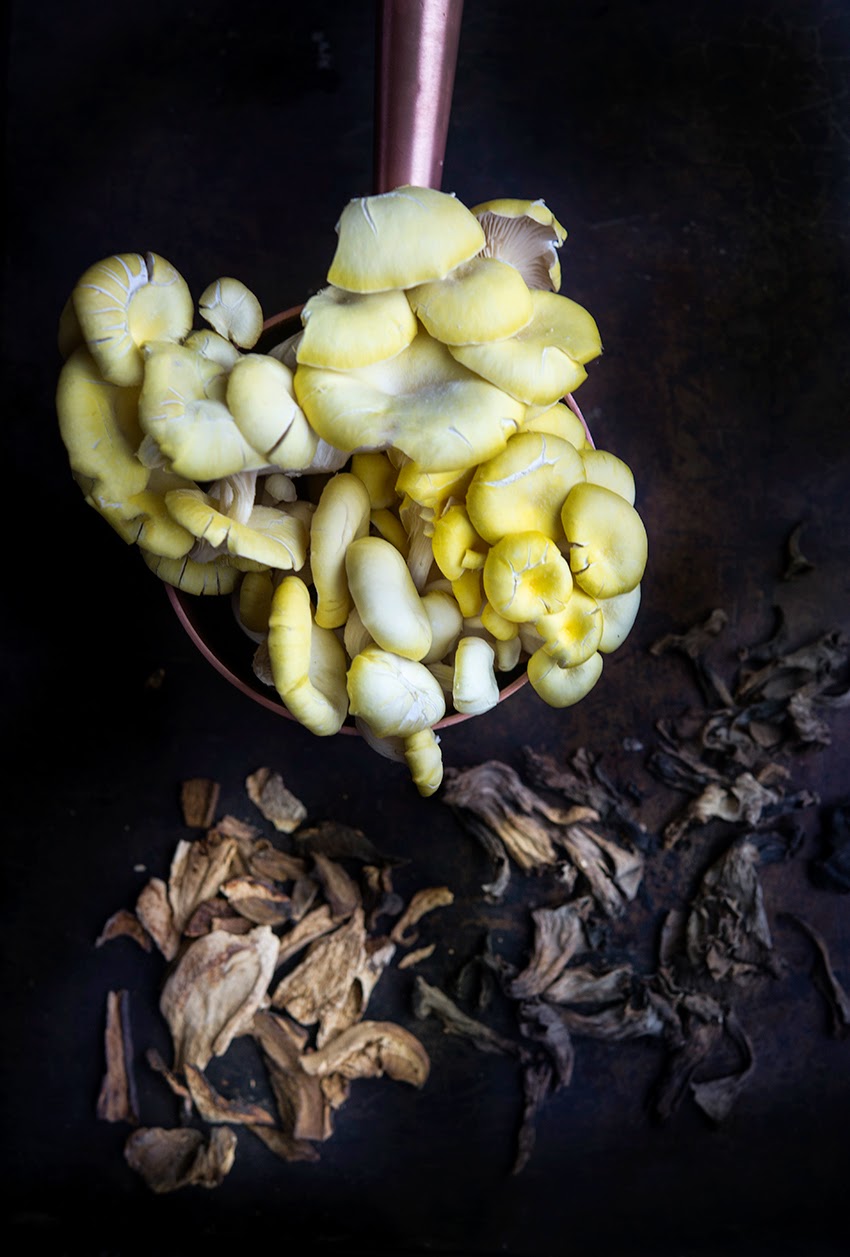
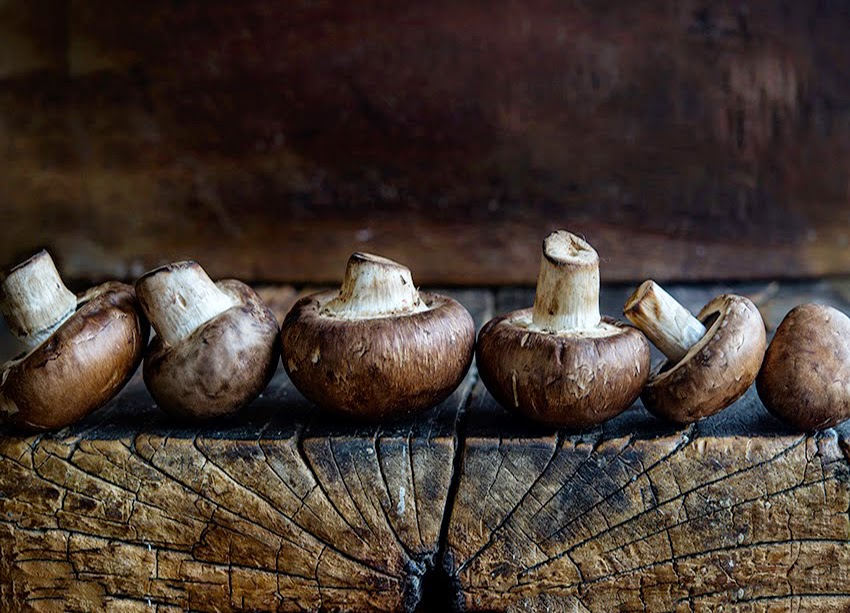
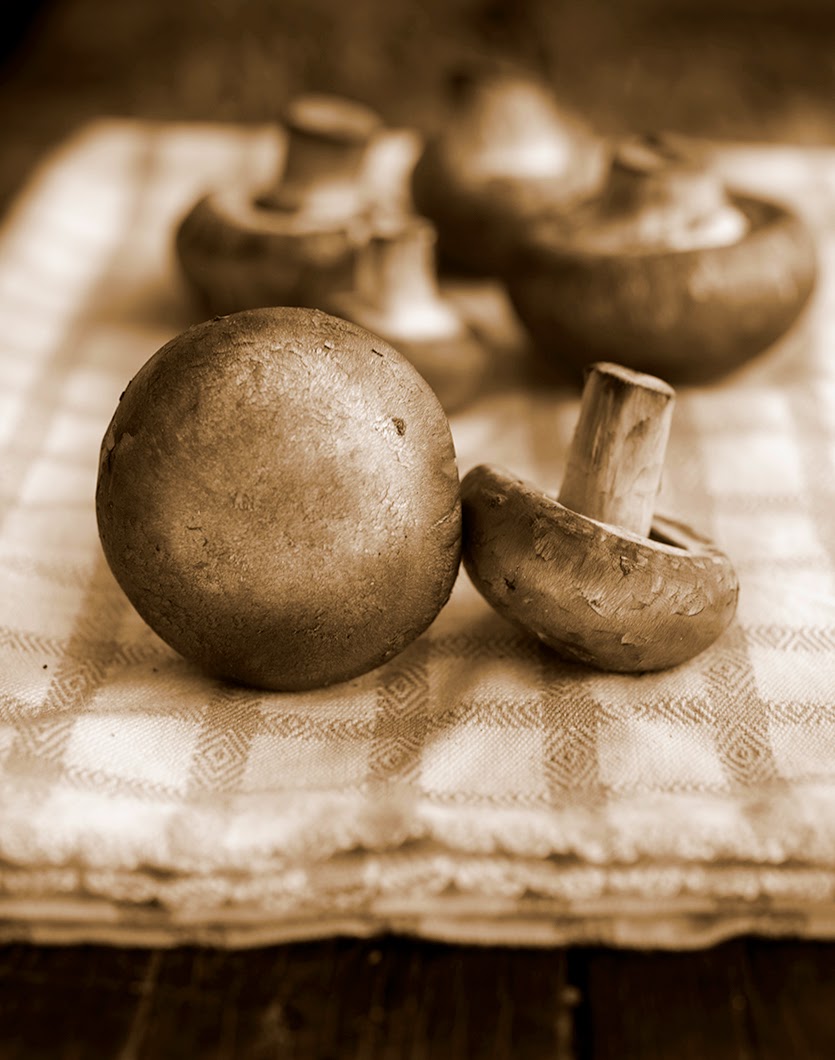
Used a plethora of mushrooms (yellow oysters, shiitakes, and creminis) to accompany my amaranth ‘polenta’, reconstituted porcini and trumpet mushrooms (umami) in mushroom broth (double umami), and a finishing dash of tamari (triple umami).
Also incorporated truffled gouda and Parmesan, which added another dimension of umami to the amaranth ‘polenta’. Umami galore.
These lovely yellow oyster mushrooms are from my friends at New Morning Farm.
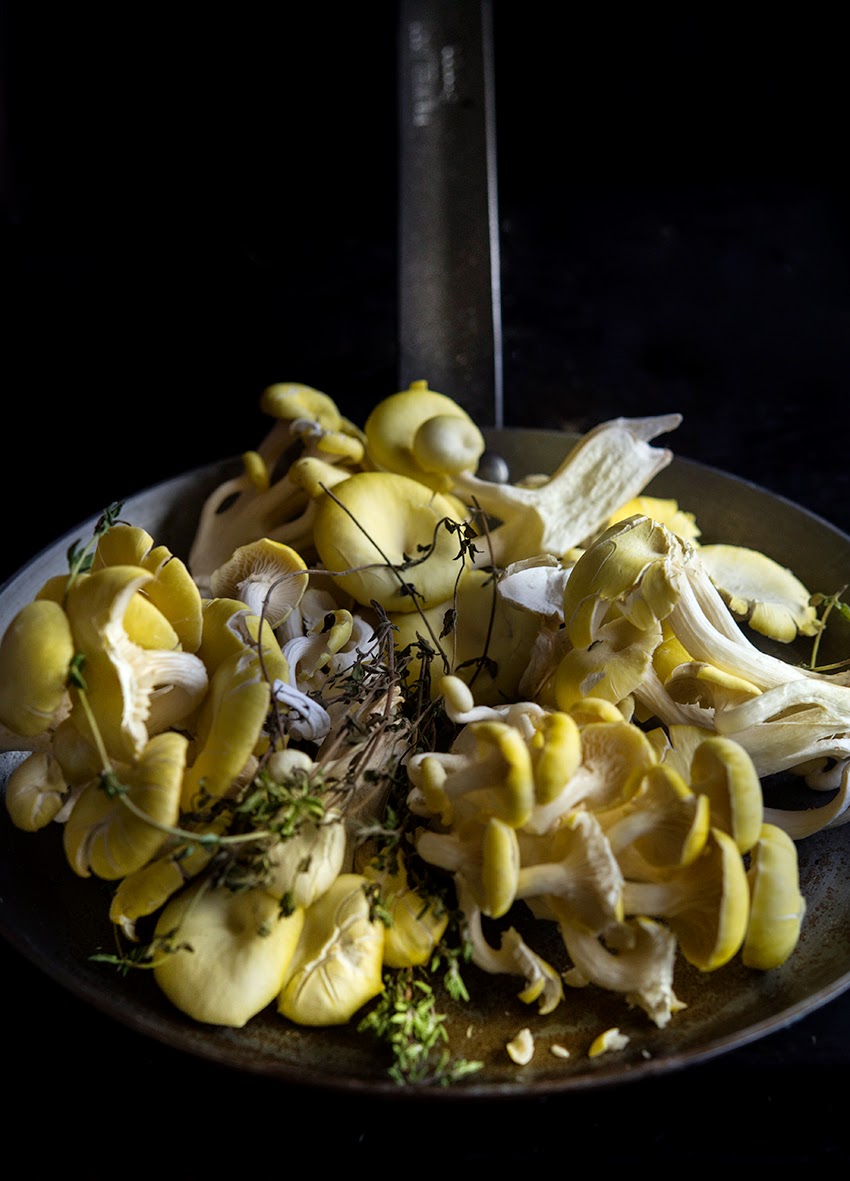
It’s hard to see in the photo below, but there’s a tasty broth at the bottom of the pot. Drizzle some over the finished dish for added umami flavor.
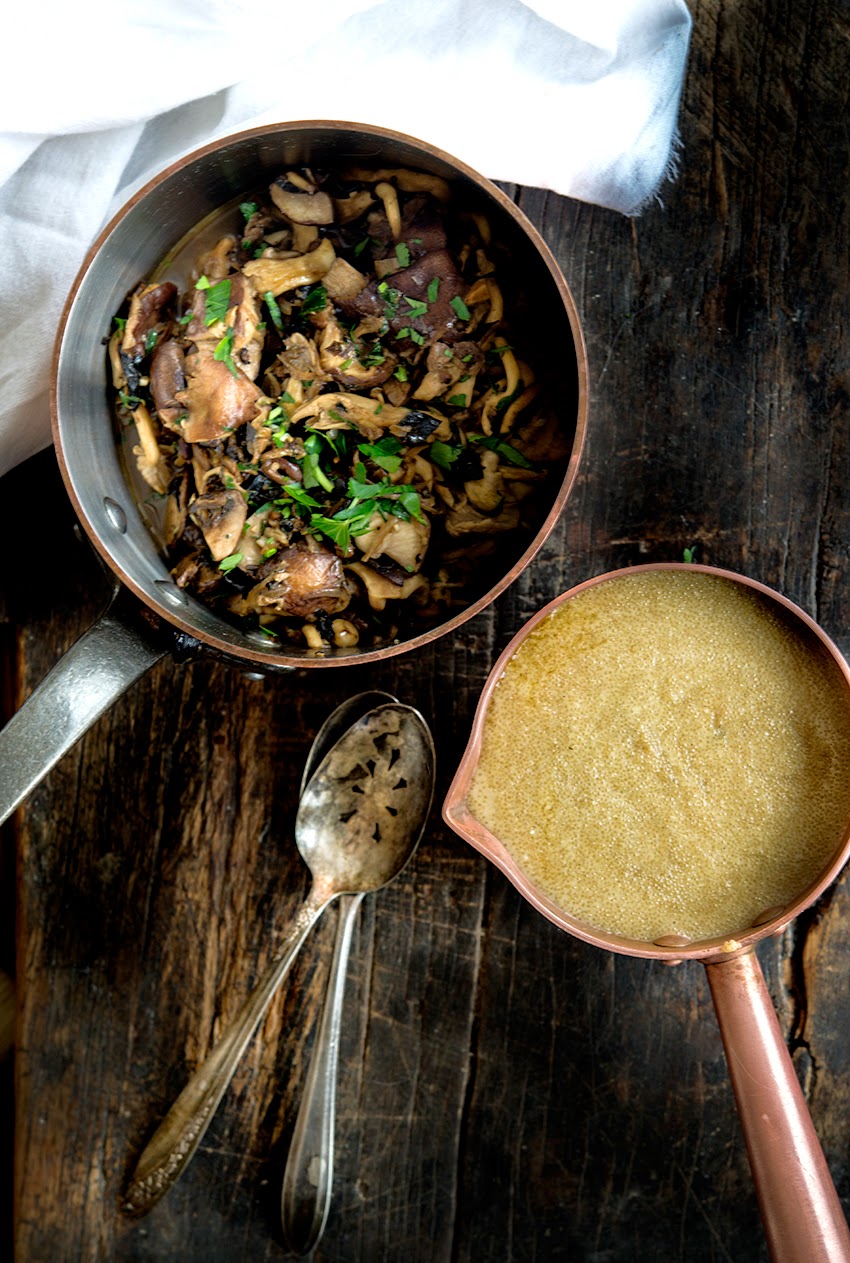
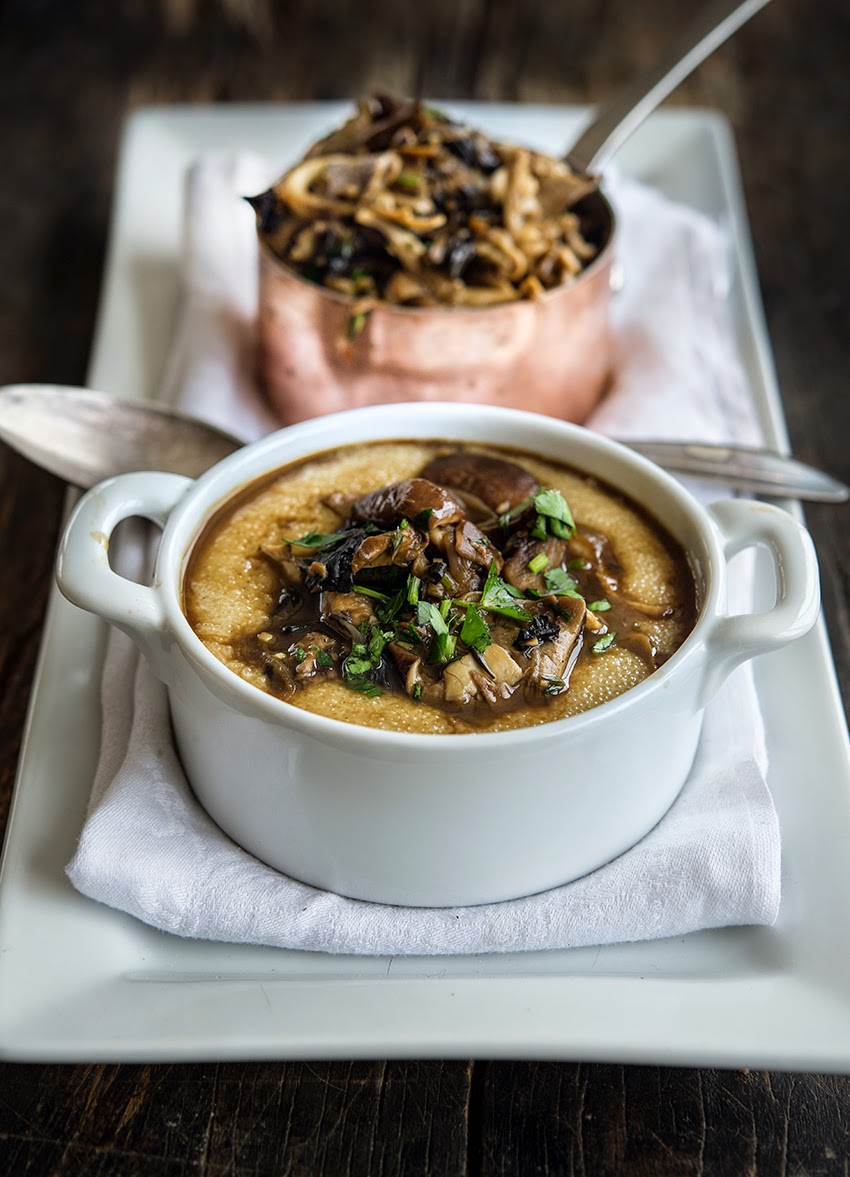
Mushrooms with Amaranth ‘Polenta’
For the Mushrooms:
4 tablespoons butter, divided
1 tablespoon olive oil
2 medium shallots, thinly sliced
2 garlic cloves, minced
10 ounces assorted fresh mushrooms (such as oyster, shiitake, maitake, cremini, etc.), torn into pieces
rehydrated mushrooms from mushroom stock (roughly chopped)
1 cup mushroom stock (recipe below)
1 teaspoon fresh thyme leaves
1 tablespoon tamari or soy sauce
sea salt and black pepper to taste
chopped herbs for garnish (such as parsley, tarragon, chives)
Heat 2 tablespoons of butter and 1 tablespoon of olive oil in a large deep skillet. Add the shallots and saute until soft and translucent, about 4-5 minutes. Add the garlic and saute another minute. Add the fresh and reconstituted mushrooms, season with salt and pepper, and saute until lightly golden, about 5 minutes. Add the mushroom stock and thyme leaves, and cook until the broth is reduced in half, 2-3 minutes. Add the tarmari and remaining 2 tablespoons of butter, and stir to combine. Simmer another minute or two. Taste and season with salt and pepper accordingly. Sprinkle with chopped herbs.
For the Mushroom Stock:
1 ounce dried porcini mushrooms
Place the mushrooms in a bowl. Cover with hot water. Let sit 30 minutes. With a slotted spoon, remove the mushrooms from the liquid, squeezing out as much liquid as possible. Strain the liquid with cheesecloth or a coffee filter. Reserve the liquid. Roughly chop the reconstituted mushrooms.
For the Amaranth ‘Polenta’:
3 cups chicken or vegetable stock
1 cup amaranth grain
1/2 cup cheese, freshly grated (used a combination of a gouda with black truffles and Parmesan)
2 tablespoons butter
sea salt and black pepper to taste
Bring the stock to a boil. Add the amaranth and whisk to combine. Reduce the heat and simmer for 20-25 minutes, until all the water is absorbed, stirring frequently. Take the pot off the heat, add the cheese and butter, and whisk to combine. Season with salt and pepper.
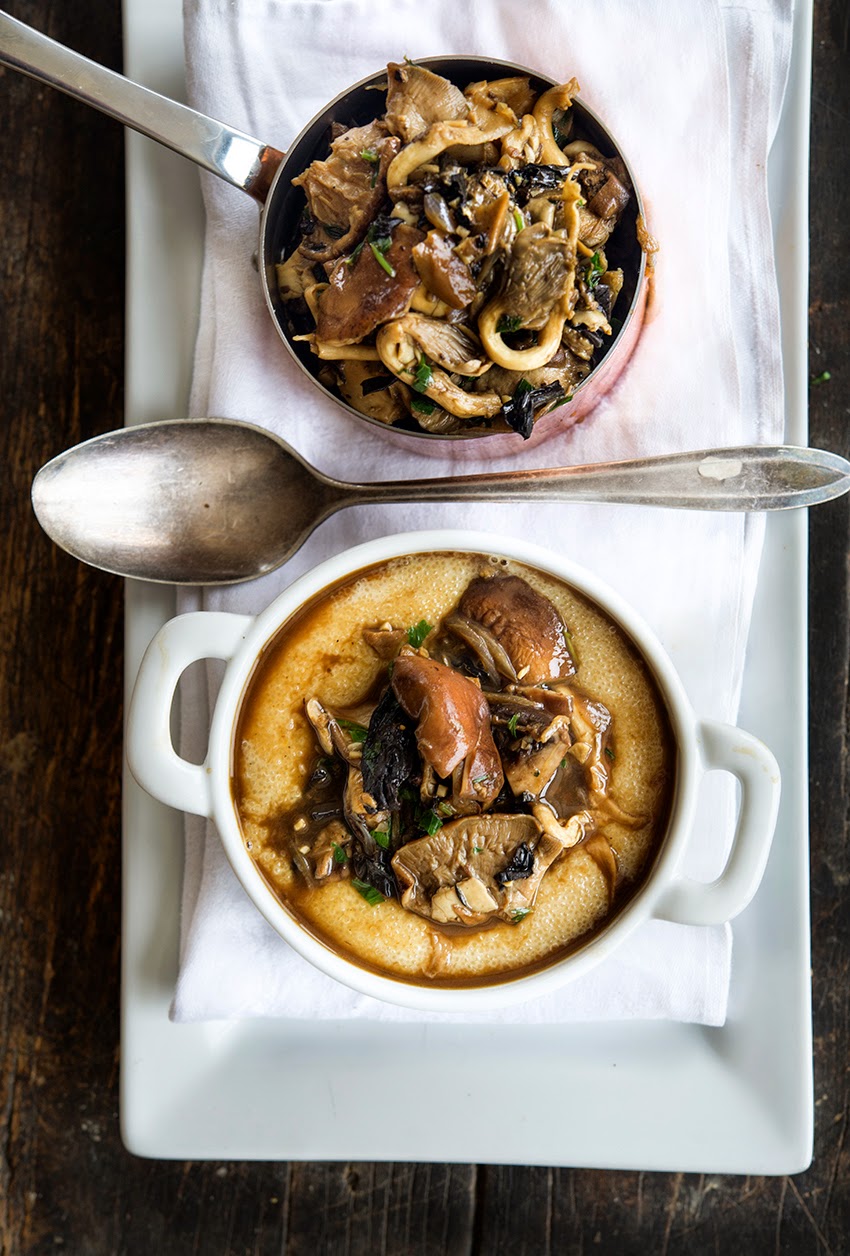




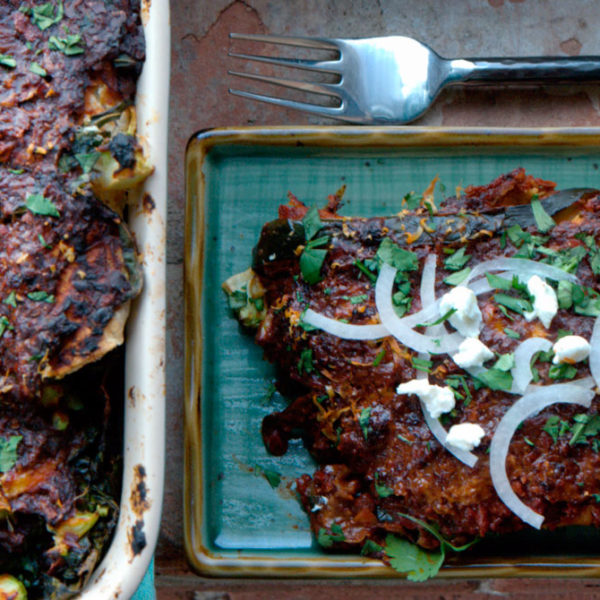
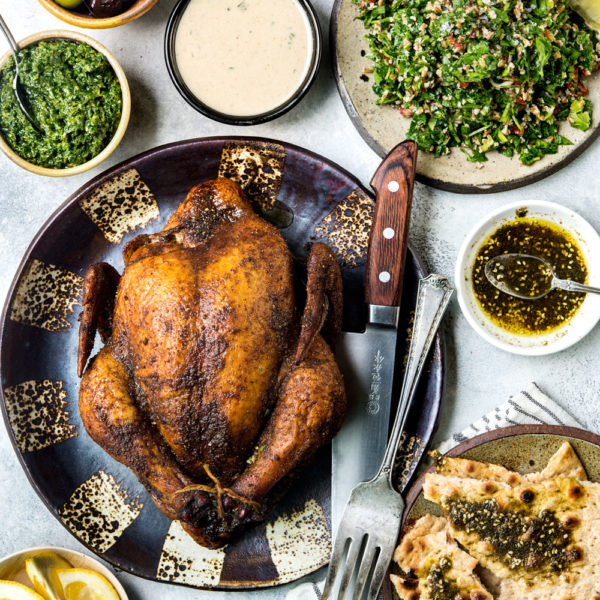



4 comments
Kathleen | HapaNom
Wow! This looks absolutely delicious! Perfect on a cold night like tonight! Beautiful photographs as well!
Kathleen | HapaNom
Wow! This looks absolutely delicious! Perfect on a cold night like tonight! Beautiful photographs as well!
Ana
We made it today and it was scrumptious! Definitely making it again. Thank you
wildgreensandsardines@gmail.com
Hi Ana, so glad you enjoyed!